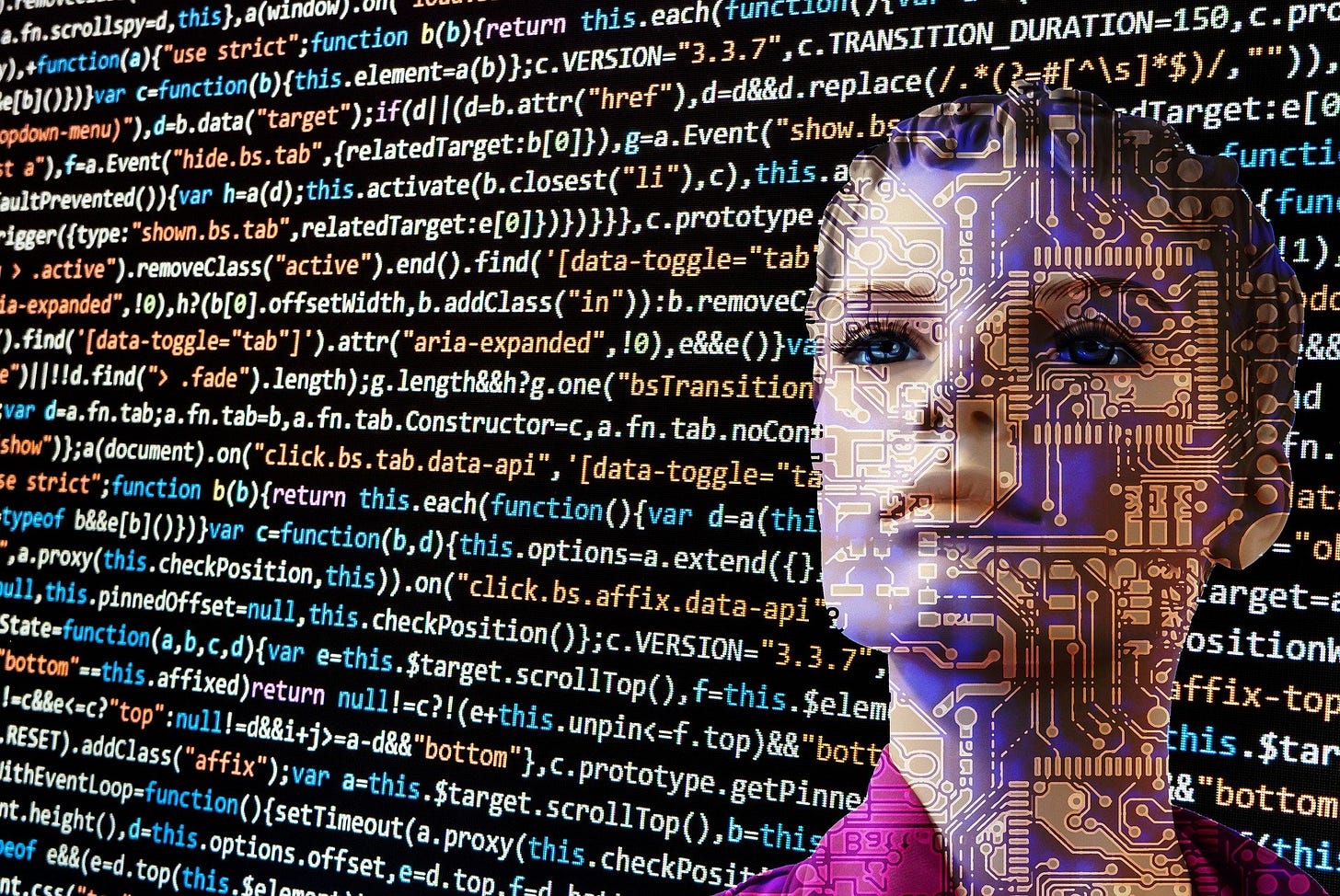Now that the school year is upon us, many of us educators are still asking the question: How do we integrate and implement ChatGPT and other large language models into today’s classrooms? After spending an entire summer reading articles, posts, Substacks written primarily by theoreticians, researchers, analysts, and educational outsiders, we educators must decide in very practical terms how to bring the many divergent and often times polemical voices and perspectives on ChatGPT and other large language models to bear on the actual setup, practice, instruction, and assessment that takes place in our classrooms and school communities. In the writing that I read and reviewed this summer, I encountered two predominant approaches, each accompanied by a distinctive rhetorical tone or linguistic atmosphere.
First, there were the dreamy instructional, futurists who–perhaps not fettered down to an actual classroom to return to in the fall–imagined school beyond the dilemma we teachers face right now: schools where these new technologies are fully integrated into instructional practices, where issues of plagiarism, privacy, biases, and pedagogical shortcuts are settled, and where students are engaged in the new level of skills and competencies made possible through the nexus between mind and machine. When I read these pieces, I enjoyed their calm, speculative realism. In my mind, I imagined classroom spaces with filled with cool, smooth surfaces that came alive with the touch of a finger, bathed with glowing pink and orange light, populated with happy, future children creating a joyous and equitable world. And yet, this week when I first stepped into my classroom and tried to recall the spirit of these writings, I could not help but inhabit the vast distance between my classroom and the spaces imagined in expressions of futurism. In other words, the work of “settling,” which those articles set aside so easily, is big and difficult work. In truth, I believe it may take us teachers a decade or more to accomplish, and by then, there will be new technology to figure out and integrate.
The second approach I encountered was that of the staunch defenders of particular practices in the here-and-now. Early on in 2023, many commentators staunchly defended complete bans on these new technologies resulting even in some localities and states blocking ChatGPT on their system websites. After this first wave of reactionary responses, this summer has seen a rise in researchers, critics, and analysts staunchly defending the position that not only shouldn’t ChatGPT be banned, but teachers and administrators should not use any sort of AI Detection software in schools because they are unreliable, they break down trust between school and students, and there are more organic ways to detect plagiarism (More on these claims in the later newsletter). In these pieces, the rhetorical tone and linguistic atmosphere bring to mind a band of revolutionaries in the barracks desperately trying to defend the final, dusty street of a once beautiful, bustling metropolis. As I read these pieces, I must admit that I was swept away by the revisionist rhetoric, and most certainly wanted to take up my fife and drum and march into battle in defense of the Right and the True. From a bird’s eye view, the logic of these pieces was so clear, exhilarating, even devastating, and yet as I started in on my march this week, and inadvertently ended up in my classroom, I could not help but notice that my revolutionary friends had fallen away, returned to their desk jobs as analysts, educational technologists, and full-time online publicists, and left me to defend the “street” alone. (Pardon all the military analogies. Let it be know once and for all that I do not ultimately conceptualize the educational encounter with generative AI in terms of conflict. In fact, I do hope for a productive synergy between Gen AI and educational practice in the days to come.) Now as I prepare for the first day of school, I am left wondering whether any of these staunch positions are truly responsive to the realities and complexities of actual instructional spaces or ultimately in the best interests of my students. This would not be the first time students get used as pawns in a larger ideological or political debate.


